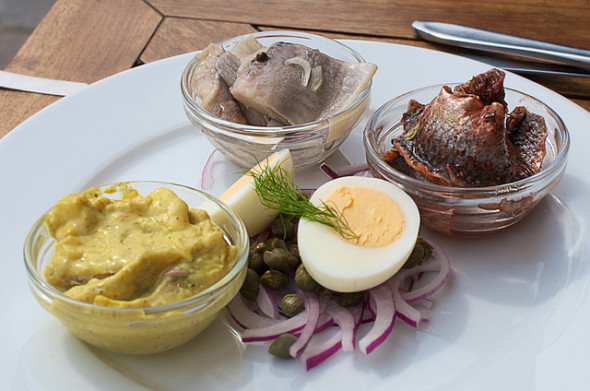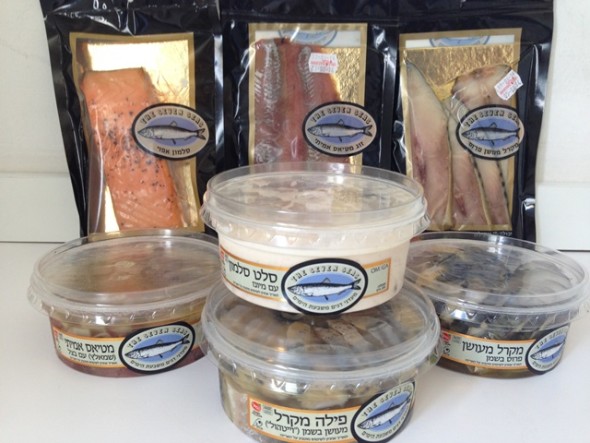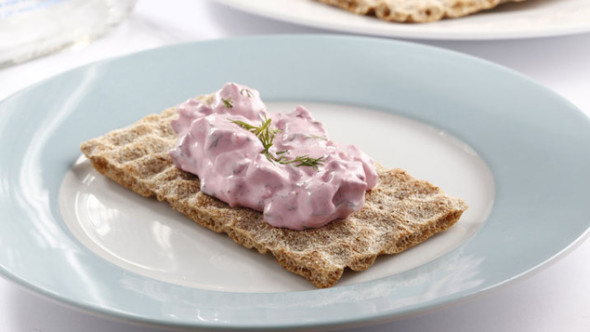THIS GUY'S KIDDING, RIGHT? HERRING FACTS WE NEVER KNEW?
source: http://www.theluxuryspot.com/15-pickled-herring-facts-you-probably-never-knew/

15 Pickled Herring Facts You Probably Never Knew
Hi, this is suddenly the right place for
pickled herring facts. Imagine that?
Pickled herring is a dish that goes two ways, either
you love it or hate it! The roots of this magical, high-protein treat are
Eastern European for sure, but the flavor has caught on far and wide around the
world. Here are some cool things you probably never knew about pickled
herring:
- Herring is actually the name of the fish. It comes from the Culpea family that grows in shallow waters of the Baltic Sea.
2. There are 15 different types of herring
fish. All are edible to be smoked, pickled or preserved.
3. Some of the species don’t have
spines. This it makes it easier to sell.
4. Pickled herring has been around from the
medieval times. You know, when curing and pickling the fish was the
only way to preserve the fish and have the capability to last for a long
time.
5. If you are buying sardines in a can you
are basically buying preserved herring! *Gasp*
6. Pickled herring is a delicacy mainly in
northern European countries. It is loved by Ashkenazi Jews as well, and
if you go to Boca Raton on a windy day you can smell it wafting through the
air.
READ MORE: Kosher for
Passover Nutella Recipe
7. Originally pickling the herring was a 2
step curing process. Cure it in salt and then add in the flavors like:
vinegar, peppercorns, bay leaves and raw onions. Today gourmet herring makers
add many more flavors to take the dish out of the 9th century.
8. Herring grow in shallow water and live in
schools. That’s what makes them so easy to catch and eat.
Suckers.
9. Pickled herring is one of the best sources
of natural vitamin D3. It is also an excellent source of selenium and
vitamin B12. So basically, pickled herring is the way to go if you want long,
shiny hair.
10. There is a traditional Jewish cured fish
called lox made out of salmon, it’s not a type of herring! It comes
from Norway based on a dish called gravlax which is also delicious but not a
type pickled herring, it’s just a pickled fish. Not all preserved fish = pickled
herring.
READ MORE: Nice
Jewish Guys Calendar (yup, it’s a thing)
11. The most traditional way to eat herring
is on something crispy, whether it’s a slice of toast or a
cracker. Matzah is acceptable if you’re
wondering.
12. There are two popular types of
herring. Type A is the gerring fish that has a white fleshy meat, while
there is another called Matias which has a red flesh and no bones.
Obviously that’s Type B.
13. Some people like to eat the fish whole,
head and all! Clearly we have not evolved as a species. Probably the
most disturbing of all the pickled herring facts here.
14. Today if you travel around the world, you
won’t find many herring dishes prepared the traditional way. Chefs have
made this dish much more approachable and better looking to be more approachable
to new foodies.
15. The Russians have done the best with the
herring, they make a beautiful salad out of it. The layered salad of
diced salted herring is covered with alternating layers of grated, boiled
vegetables (potato, carrot, and beet root) and chopped onions. The final layer
is beet root covered with mayonnaise, which gives the salad a rich purple color.
It’s often decorated with grated boiled eggs. The Russians took the herring game
to the next level. You can thank Putin.











